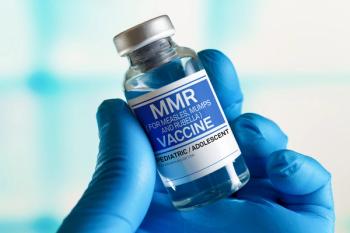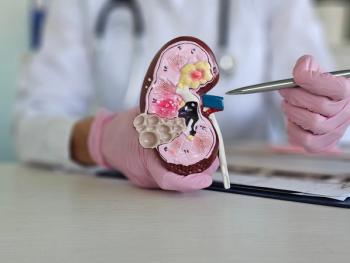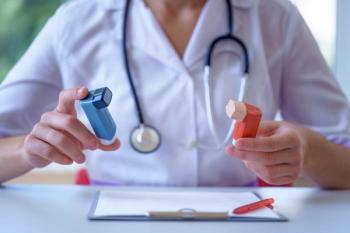
How Pharmacists Can Raise OTC Acetaminophen Safety Awareness
Pharmacists can play an important role in OTC acetaminophen safety.
More than 600 prescription and OTC products contain acetaminophen.1 When taken appropriately, acetaminophen is safe and effective; however, using more than directed can result in liver toxicity and overdose. In fact, acetaminophen overdose results in approximately 56,000 emergency room visits and 26,000 hospital visits in the United States annually.2
Patients may not be aware of the fact that their prescription products contain acetaminophen. Therefore, pharmacists should advise patients to avoid OTC acetaminophen products in combination with their prescription medications.
Acetaminophen can be found in many combination cough and cold products, and patients should be educated to always check for the active ingredient. It is also important to educate parents on the appropriate use of acetaminophen for infants and children. The measuring device packaged with the medication should always be used, and the preferred dosing depends on weight.
Parents should contact their pharmacist and pediatrician to check acetaminophen dosing instructions, especially for infants aged younger than 2 years, as OTC products containing the ingredient do not include information for this population.
The maximum recommended daily dose of acetaminophen is 4000 mg, but patients with other conditions or those receiving medications such as warfarin may require a lower dose. Branded Tylenol products have voluntarily changed their maximum dosage recommendations to 3250 mg per day for regular-strength products and 3000 mg per day for extra-strength products.3
At the FDA's request, all manufacturers have discontinued prescription combination products containing >325 mg of acetaminophen.4 The FDA will be revisiting recommendations for OTC acetaminophen products.
The Acetaminophen Awareness Coalition maintains an excellent library of patient education resources.1 Additionally, pharmacists can order free posters and brochures from its website for patients. This is a great way for pharmacists to play an active role in the community.
References:
- Acetaminophen Awareness Coalition. KnowYourDose.org. Available at: http://www.knowyourdose.org/. Accessed March 28, 2015.
- Acetaminophen Awareness Coalition. Acetaminophen: How it’s used, preventing overdose and what we can do to promote safe use. Available at: http://www.knowyourdose.org/sites/default/files/acetaminophen_report.pdf. Accessed March 28, 2015.
- Tylenol. Acetaminophen dosage for adults. Available at: https://www.getreliefresponsibly.com/pain-medicine-safety. Accessed March 28, 2015.
- FDA. All manufacturers of prescription combination drug products with more than 325 mg of acetaminophen have discontinued marketing. Available at: http://www.fda.gov/Drugs/DrugSafety/InformationbyDrugClass/ucm390509.htm. Accessed March 28, 2015.
Newsletter
Stay informed on drug updates, treatment guidelines, and pharmacy practice trends—subscribe to Pharmacy Times for weekly clinical insights.














































































































































































































